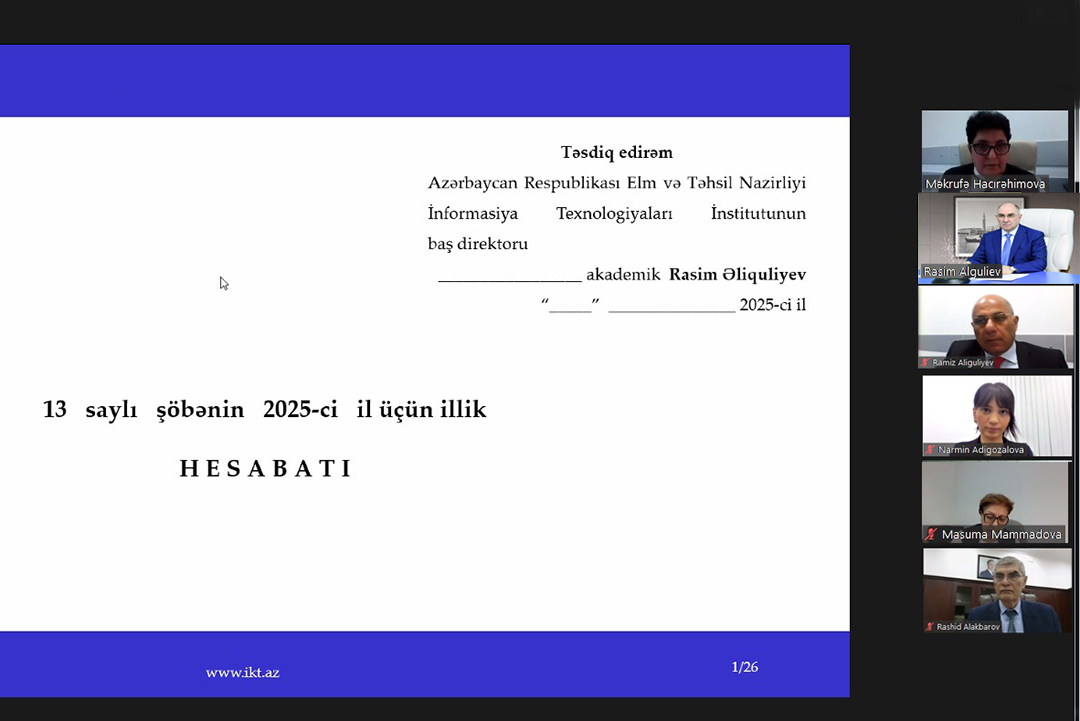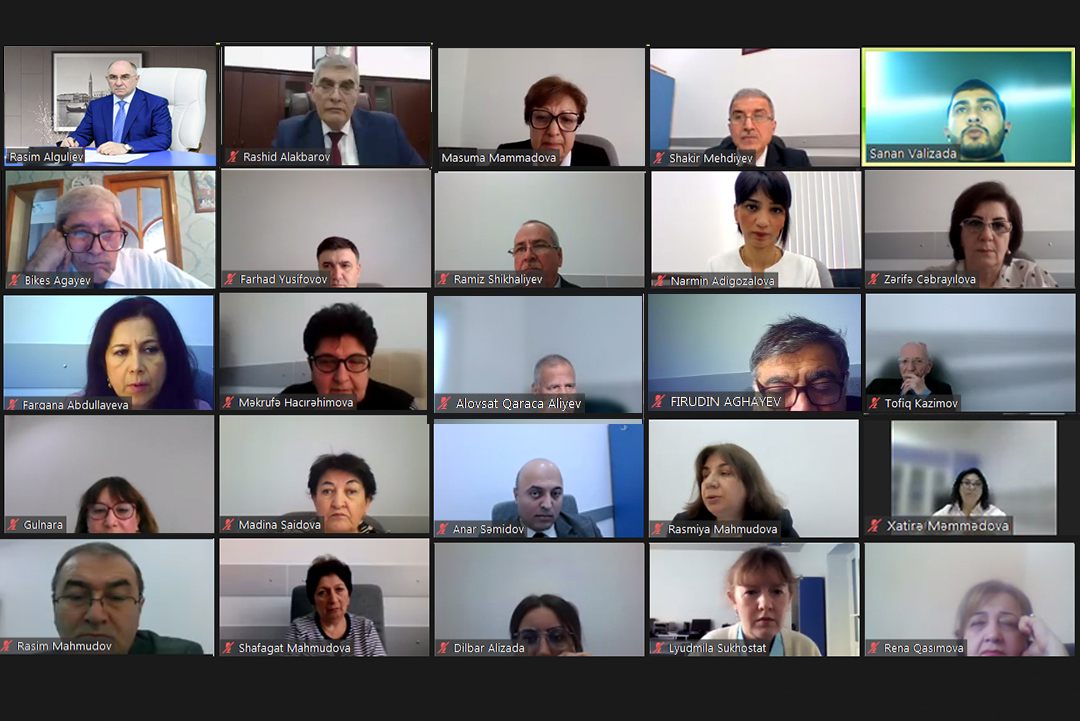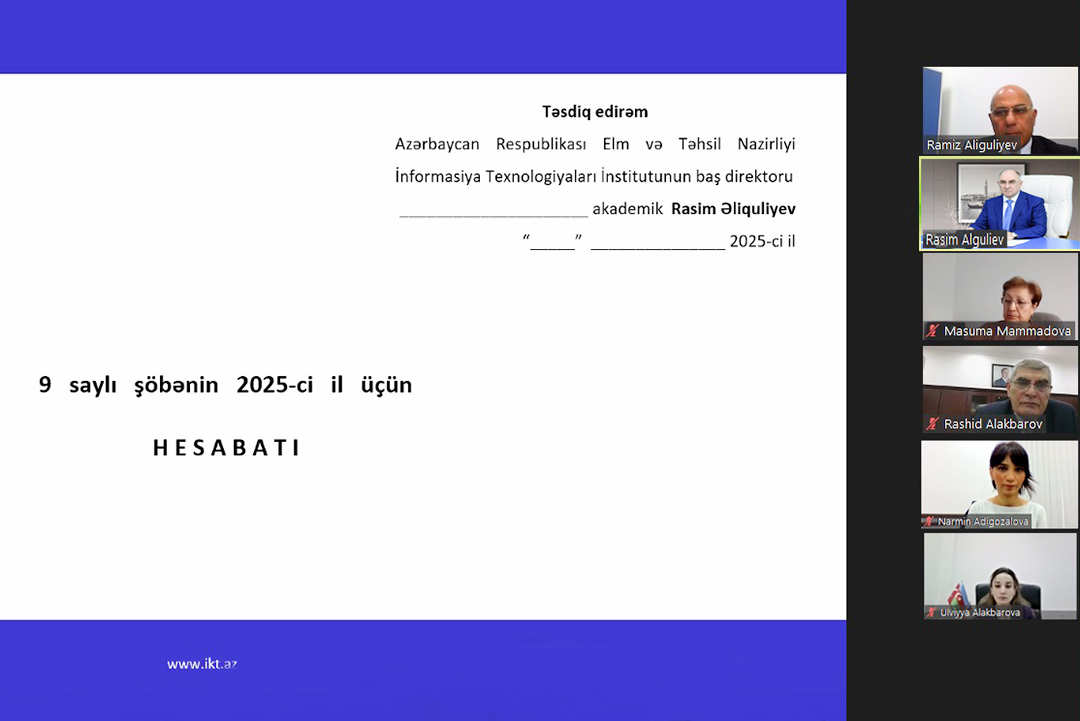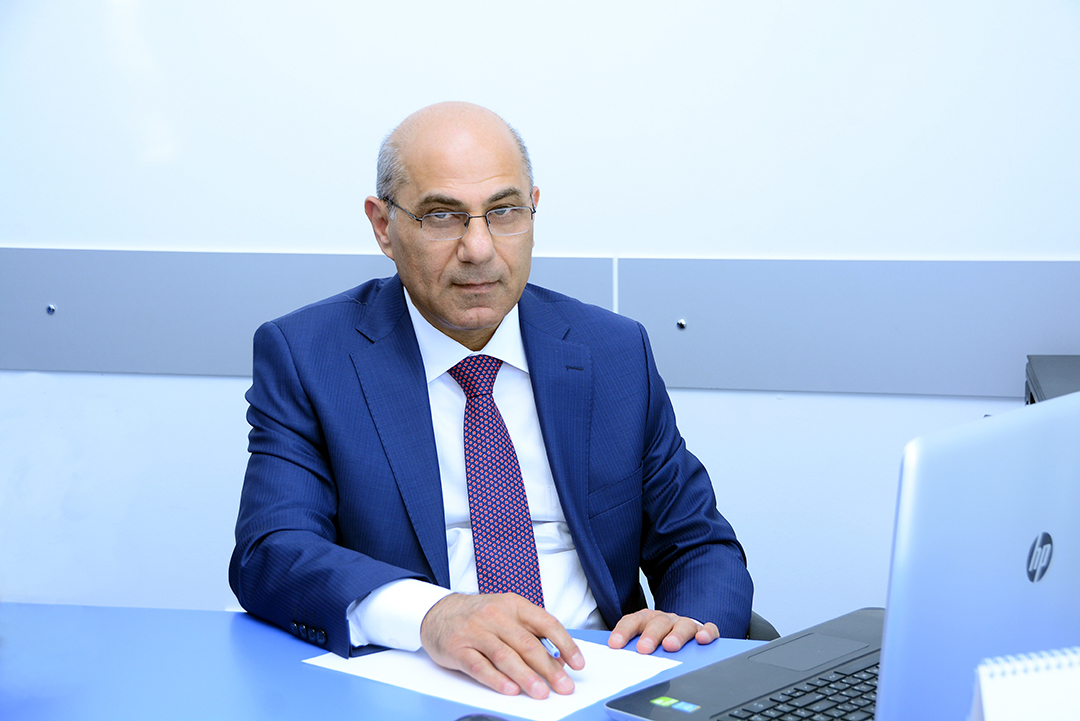NEWS
University of Australia replaces textbooks with virtual reality headsets
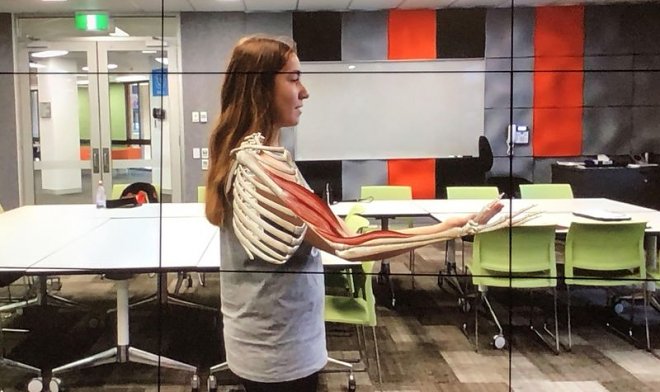
La Trobe University in Melbourne (Australia) announced the launch of a test project - for 12 weeks, second-year students in the study of the discipline "anatomy" will work with virtual reality headsets (VR). The curriculum will not change; the main subject of interest is precisely in the methods of transferring knowledge of youth. It is stated that the university has already purchased the necessary number of HTC VR headsets and iPad tablets - for working with augmented reality (DR).
The subject of “Anatomy” for the test was not chosen by chance, since BP and DR are excellent for visualizing educational material. Teachers have already developed an application that allows students to impose anatomical structures on living people in the DR. And you can study the work and features of individual muscle categories directly on classmates.
Another argument in favor of switching to BP and DR in training is mobility. Headsets are in classrooms, but connecting to university servers is available from anywhere on the campus. Any student, using his tablet and DR, can study the necessary materials, complete homework, and engage in self-education. In addition, networking technologies simplify teamwork and experimentation.
Finally, the financial aspect - the purchase of electronics costs the university about 10 Australian dollars per student against $ 100 when using paper textbooks. And the wholesale purchase of software licenses has reduced costs even further. If the experiment is found to be successful, new technologies will be extended to all courses of anatomy, and then expansion to other academic subjects is not ruled out.

